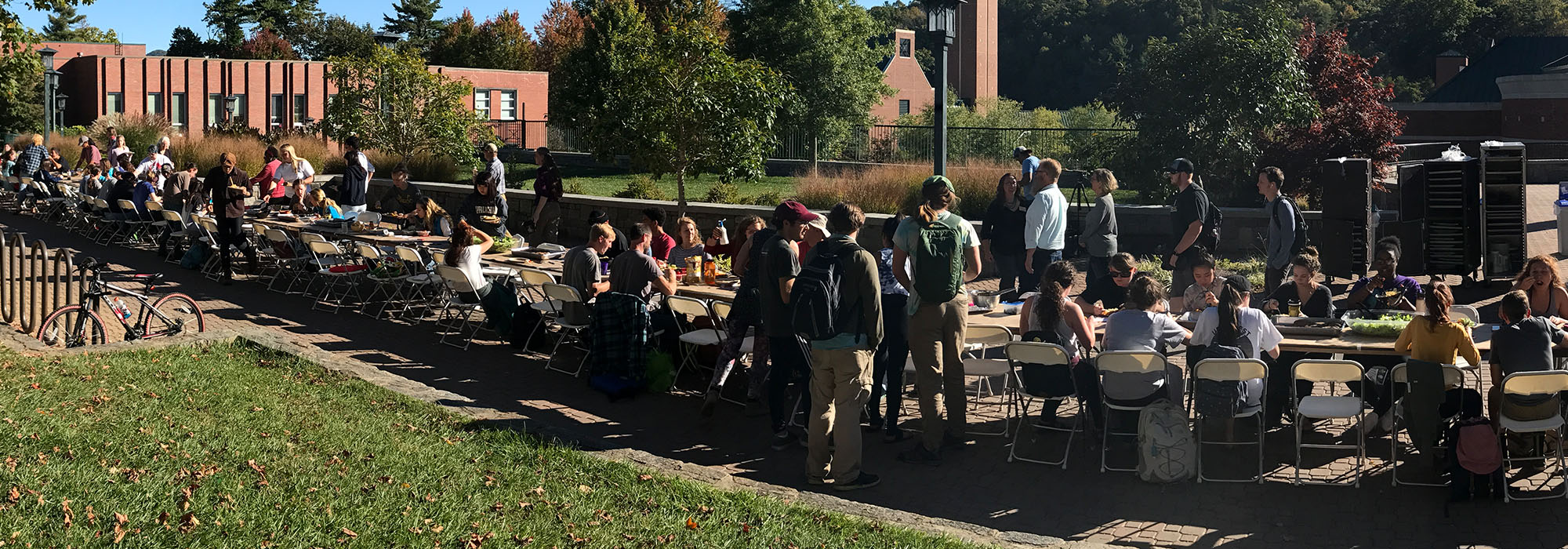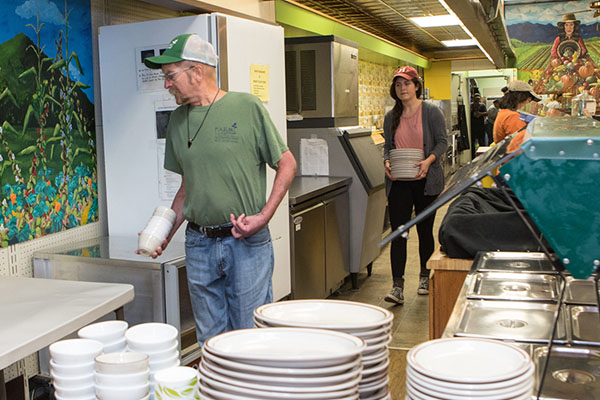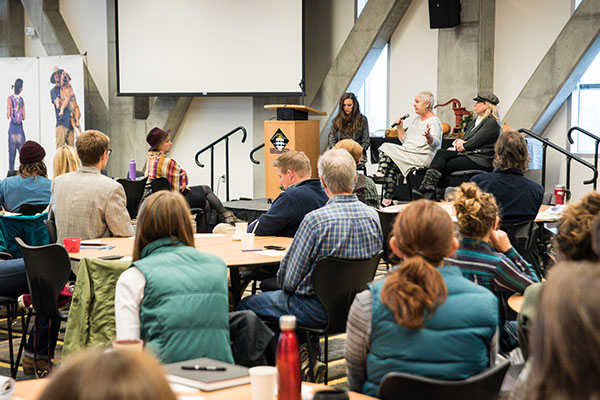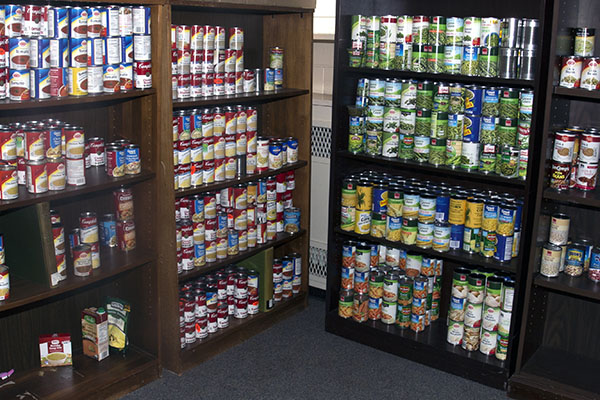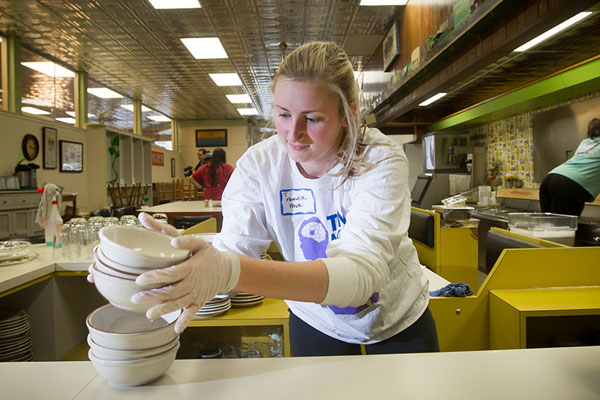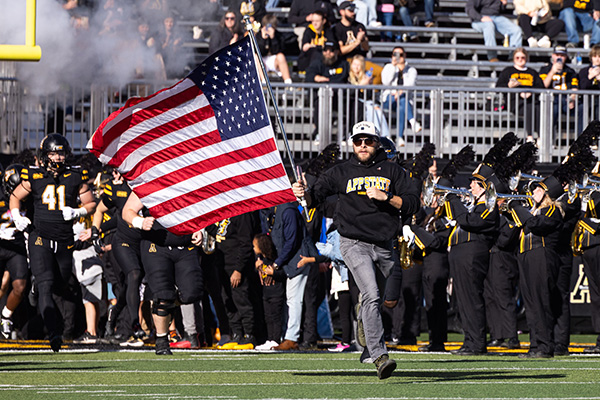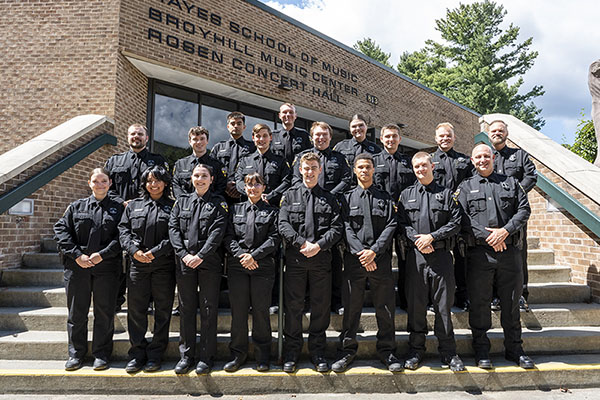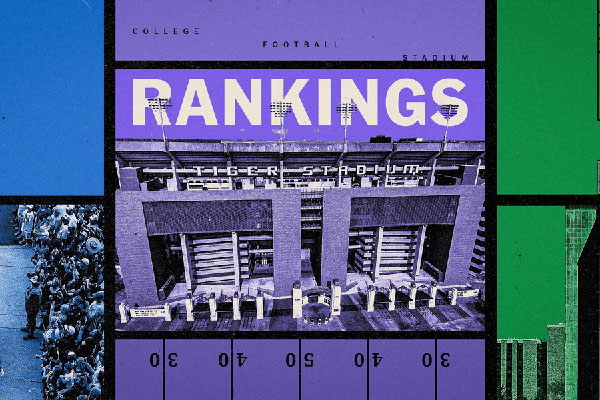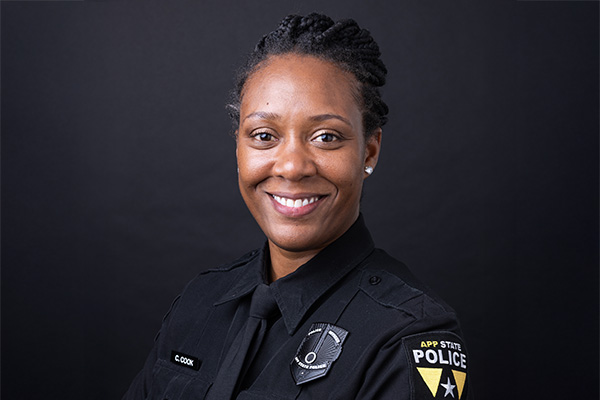North Carolina has a higher-than-average food insecurity rate — 16 percent, ranking it eighth among the United States for the number of people who lack access to enough food for an active, healthy life.
In comparison, a total of 13 percent of Americans were considered food insecure between 2013-15, according to the U.S. Department of Agriculture Economic Research Service.
When the Appalachian Community explores a social problem like this, it doesn’t “just talk.”
“I’ve never been surrounded by so many doers,” Dr. Jacqui Ignatova said about the culture at Appalachian State University. “We don’t just talk here. We’re also committed to doing work that advances positive social change.”
Ignatova teaches in the Goodnight Family Department of Sustainable Development and was a co-organizer of the 2017 Food Summit that brought together people interested in relevant issues such as food insecurity and agrobiodiversity conservation.
The following stories explore how she and others at Appalachian use innovative thinking and action to approach the issue of how to feed America:
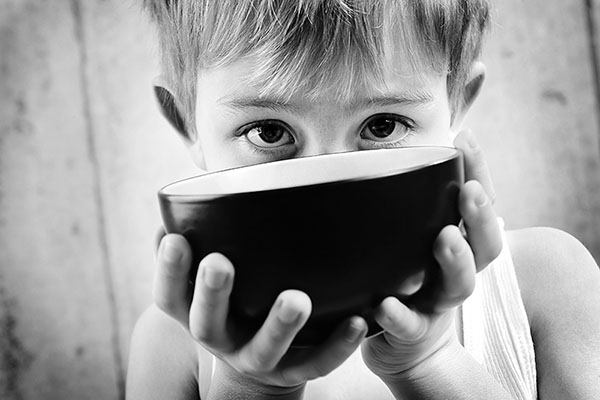
Watch scenes from the October 2017 Community FEaST (Food Engagement and Story Telling) event on Sanford Mall. Video produced by University Documentary Services.
About Appalachian State University
As a premier public institution, Appalachian State University prepares students to lead purposeful lives. App State is one of 17 campuses in the University of North Carolina System, with a national reputation for innovative teaching and opening access to a high-quality, cost-effective education. The university enrolls more than 21,000 students, has a low student-to-faculty ratio and offers more than 150 undergraduate and 80 graduate majors at its Boone and Hickory campuses and through App State Online. Learn more at https://www.appstate.edu.
What do you think?
Share your feedback on this story.
